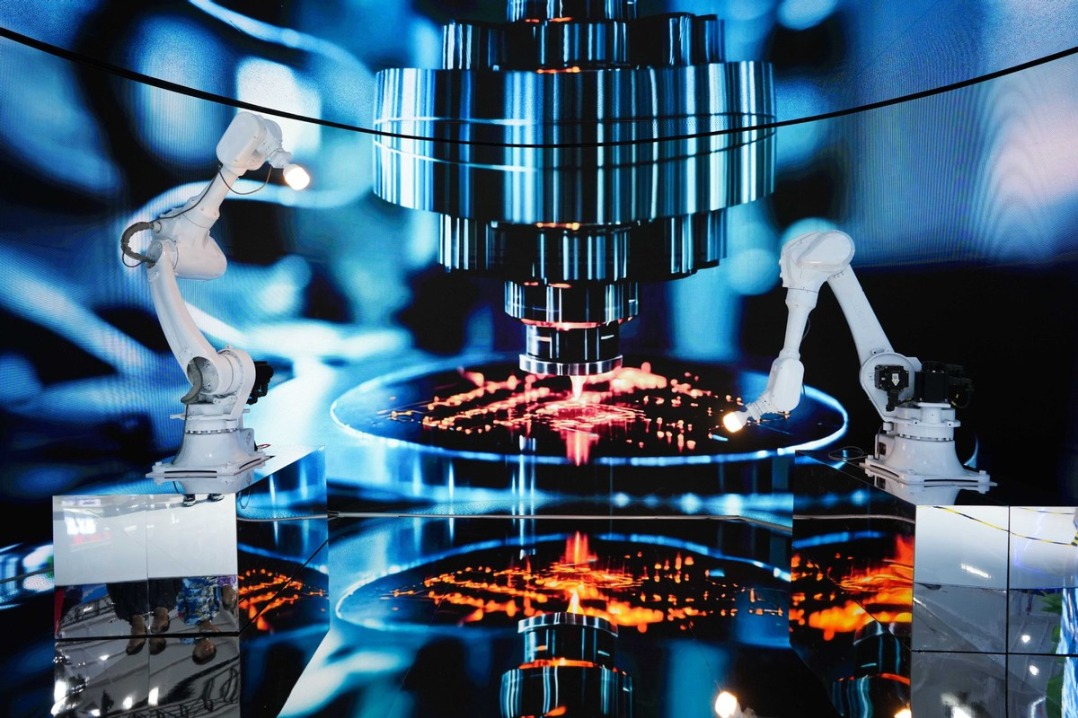Are Self-Driving Cars Safe? A Deep Dive into the Data and Challenges

The promise of self-driving cars – safer roads, reduced congestion, and increased accessibility – is incredibly enticing. But are they truly safe? The technology is advancing rapidly, yet concerns remain about its capabilities in real-world scenarios. This article delves into the critical data surrounding autonomous vehicles, examining crash statistics, disengagement reports (where human drivers take control), and the inherent limitations of the technology. We’ll explore where the road is headed for self-driving cars in Australia and beyond, weighing the potential benefits against the very real risks.
The Data Doesn't Lie: Crash Statistics and Disengagement Rates
Analyzing crash data involving self-driving cars is complex. It's crucial to differentiate between crashes caused by autonomous systems and those where the system was simply involved. While manufacturers are increasingly transparent about disengagements – instances where a human driver intervenes – a complete and unbiased picture of crashes remains elusive. Several factors complicate the analysis, including varying testing conditions, driver skill levels, and the sheer volume of miles driven by both human and autonomous vehicles.
Early data suggested a lower crash rate for autonomous vehicles compared to human drivers under similar conditions. However, as testing expands to more complex and unpredictable environments, the numbers are becoming more nuanced. Disengagement rates, while declining as technology improves, still highlight areas where the system struggles – unexpected pedestrian behaviour, challenging weather conditions, and complex intersections being common triggers. The Australian context is particularly important; our unique road layouts, wildlife encounters, and varying road conditions present distinct challenges for self-driving technology.
Technological Limitations: Where Self-Driving Cars Still Fall Short
Despite significant advancements, self-driving technology isn't infallible. Current systems primarily rely on a combination of sensors (cameras, radar, lidar) and sophisticated algorithms. However, these systems have limitations:
- Sensor Limitations: Cameras can be obscured by rain, snow, or glare. Radar struggles with precise object identification. Lidar, while highly accurate, can be affected by dust and fog.
- Edge Cases: Self-driving cars excel in predictable environments, but struggle with “edge cases” – unusual or unexpected situations that human drivers handle intuitively. Think of a cyclist making an abrupt turn, or a construction worker directing traffic with hand signals.
- Ethical Dilemmas: Autonomous vehicles must be programmed to make split-second decisions in unavoidable accident scenarios. These “trolley problems” raise complex ethical questions about who or what the car should prioritize protecting.
The Road Ahead: Regulation, Public Trust, and the Future of Autonomous Driving
The future of self-driving cars hinges on several factors. Robust regulation is essential to ensure safety and accountability. Australia's National Automotive Standards Council (NAC) is actively working on developing standards and guidelines for autonomous vehicle testing and deployment. Building public trust is also paramount. Transparency from manufacturers regarding safety data and limitations is crucial.
While fully autonomous vehicles (Level 5 autonomy) are likely still years away, we're already seeing the benefits of advanced driver-assistance systems (ADAS) like adaptive cruise control and lane-keeping assist. These technologies are making roads safer for everyone, and they pave the way for a future where self-driving cars are a common sight. However, a cautious and data-driven approach is essential to ensure that this future is a safe and beneficial one for all Australians.






